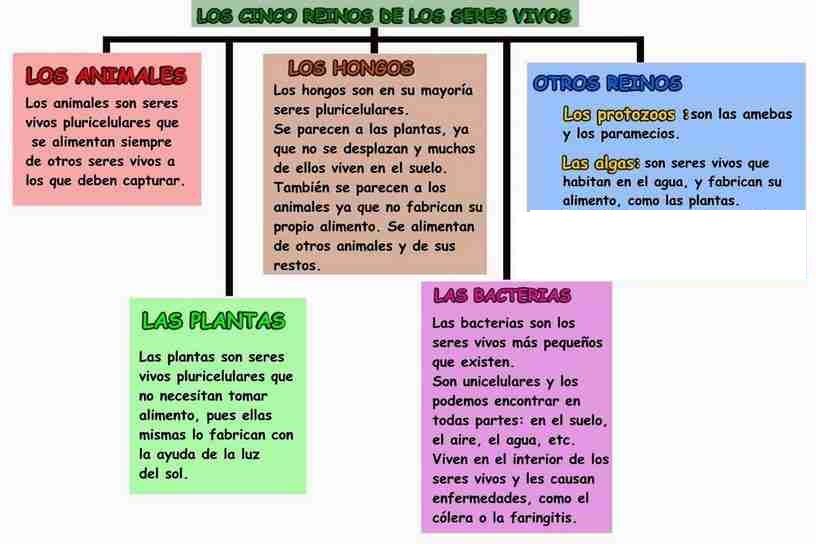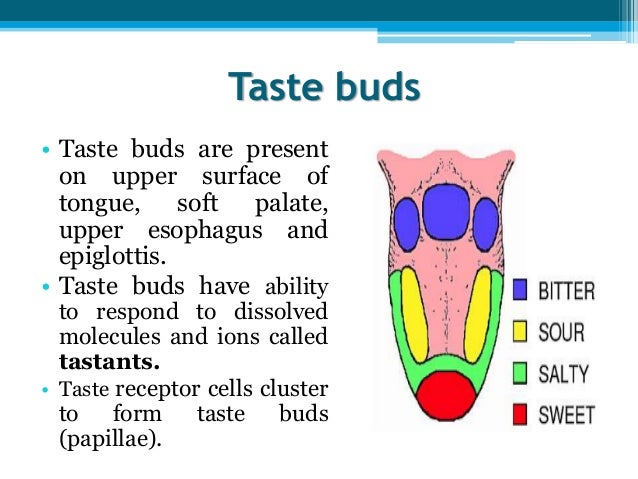lunes, 4 de diciembre de 2017
HEALTH AND ILLNESS
https://www.youtube.com/watch?v=iPNXBPiEXuM j
( Tips to stay healthy)
https://www.youtube.com/watch?v=2C57V1n718c
( Infectious diseases and non infectious diseases)
https://www.youtube.com/watch?v=3phZfvOFcHE
(What are germs?)
domingo, 3 de diciembre de 2017
domingo, 12 de noviembre de 2017
SEMANA DE LA CIENCIA
Hello boys and girls,
This week you can enjoy lots of activities in the Week of Science ( SEMANA DE LA CIENCIA).
Here is a link with activities....
https://www.saposyprincesas.com/tag/ciencia/?utm_source=newsletter&utm_medium=push
http://www.madrimasd.org/semanaciencia/
This week you can enjoy lots of activities in the Week of Science ( SEMANA DE LA CIENCIA).
Here is a link with activities....
https://www.saposyprincesas.com/tag/ciencia/?utm_source=newsletter&utm_medium=push
http://www.madrimasd.org/semanaciencia/
jueves, 9 de noviembre de 2017
martes, 7 de noviembre de 2017
domingo, 5 de noviembre de 2017
CURIOSITY ABOUT TWO OCEANS
Hello boys and girls!
Have a look at this interesting video. It is a meeting between two oceans ( Pacific and Atlantic).https://www.youtube.com/watch?v=XVuUY4gOiJY
jueves, 2 de noviembre de 2017
FUNCTIONS OF THE BRAIN
THE
BRAIN
1.IT CONTROLS YOUR BODY MOVEMENTS
2.IT IS CONNECTED TO THE NERVOUS SYSTEM.
3. IT CONTROLS CREATIVITY,EMOTIONS AND
WISDOM
4.IT IS PROTECTED BY THE CRANIUM
5. IT CONTROLS OUR THOUGHTS
6. IT CONTROLS THE INVOLUNTARY
MOVEMENTS.
7.IT CAN CALCULATE INFO FASTER THAN A
COMPUTER.
domingo, 29 de octubre de 2017
miércoles, 18 de octubre de 2017
martes, 17 de octubre de 2017
THE LOCOMOTOR SYSTEM
THE LOCOMOTOR SYSTEM:
The locomotor system
is
made
up of the
skeleton,
joints
and muscles.
1.THE
SKELETON:
•Function:
to support
and give
shape
to our
body;
to protect
our
internal
organs.
•It
is
made
up of bones
(hard
bone
tissue)
and cartilage
(flexible tissue).
•Types
of bones:
-Short
and wide
(vertebrae):
support
and
stability.
-Flat
and thin
(ribs):
protect
our
internal
organs.
-Long
and strong
(arms
and legs
bones):
movement.
2.JOINTS:
•Ligaments
(strong,
elastic
tissue)
connect
bones
at the
joints.
•Types
of joints:
-Fixed
joints:
join
bones
in our
skull.
No movement.
-Semi-flexible
joints:
vertebrae
in our
spine.
Some
movement.
-Flexible
joints:
Neck,
shoulders
(the
most
flexible), elbows,
wrists,
knees,
ankles
and waist.
A lot of movement.
3.MUSCLES:
•Function:
Muscles
give
our
body
shape
and respond
to the
nervous
system
contracting
and relaxing.
•Tendons
(tissues)
connect
muscles
to bones.
•Types
of muscles:
-voluntary:
we
can move
them
at will
(the
muscles
in our
arms).
-involuntary:
muscles
move
automatically (the muscles in our heart)
THE NERVOUS SYSTEM ( 6th Grade)
THE CENTRAL NERVOUS SYSTEM
1.BRAIN
•Cerebrum: voluntary movements
( walking, dancing, jumping), thoughts, emotions, language and behavior.
It is divided into the left and right hemispheres.
•Cerebellum: balance, movement and coordination.
•Brain stem: involuntary movements (digestion, respiration, heart beatings).
It connects the brain to the spinal cord.
2.SPINAL CORD is made up of nerve tissue.
It controls reflex actions (spontaneous reactions that protect
our body from danger, such as pulling your hands away from a hot object).
It is protected by vertebrae.
THE PERIPHERAL NERVOUS SYSTEM
THE PERIPHERAL NERVOUS SYSTEM
It is made up of nerves
that
carry
messages
to and from
the
central nervous
system.
Process:
1.Sensory
neurons
transmit
information
from
the
sense
organs
(eyes,
nose,
ears,
tongue
and skin) to the
brain.
2.The
brain
interprets
the
information
and decides how
to respond.
3.Motor
neurons
carry
messages
away
from
the
brain
to the
rest
of our
body
and muscles.
lunes, 16 de octubre de 2017
domingo, 15 de octubre de 2017
Sensitivity (6th graders)
Hello children,
Here you can see a prezi presentation about the senses. Enjoy it!!
https://prezi.com/zesytjqqk023/sensitivity/
Here you can see a prezi presentation about the senses. Enjoy it!!
https://prezi.com/zesytjqqk023/sensitivity/
lunes, 9 de octubre de 2017
domingo, 8 de octubre de 2017
HOW ARE LIVING THINGS CLASSIFIED? ( 5th graders)
LIVING THINGS ARE CLASSIFIED INTO 5 DIFFERENT KINGDOMS:


VITAL FUNCTIONS ( 5TH GRADERS)
Here is a link about the Vital Functions:
NUTRITION- REPRODUCTION- INTERACTION
https://www.youtube.com/watch?v=L_zaTnh8LXo ( English)
https://www.youtube.com/watch?v=6H4BIXuBuZQ ( Spanish)
jueves, 5 de octubre de 2017
The Cell ( 5th graders)
Hi 5th graders,
Here there is a link for a video about the cells.
https://www.youtube.com/watch?v=3nBtY6LR030&t=203s ( english)
https://www.youtube.com/watch?v=Ps54eXe8YHY (spanish)
Here there is a link for a video about the cells.
https://www.youtube.com/watch?v=3nBtY6LR030&t=203s ( english)
https://www.youtube.com/watch?v=Ps54eXe8YHY (spanish)
lunes, 2 de octubre de 2017
THE NERVOUS SYSTEM (6th graders)
Hello children,
Welcome to our first natural science video.
https://www.youtube.com/watch?v=44B0ms3XPKU (english)
https://www.youtube.com/watch?v=CR8wVRSIClQ ( spanish)
Welcome to our first natural science video.
https://www.youtube.com/watch?v=44B0ms3XPKU (english)
https://www.youtube.com/watch?v=CR8wVRSIClQ ( spanish)
Suscribirse a:
Entradas (Atom)



